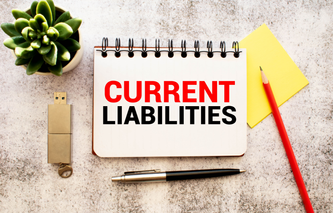Definition
The financial accounting term contingent liabilities refers to near-term debt obligations that cannot be precisely measured, or the actual existence of the liability is uncertain. Contingent liabilities are classified as a current liability if the debt obligation is reasonably expected to come due in a single operating cycle or one year.
Explanation
Current liabilities are defined as debts that must be paid within one year or one operating cycle, whichever is longer. The amount shown on a company's balance sheet is the full maturity value. Also known as estimated liabilities, in order to be classified as contingent, the debt obligation depends on one or more future events to confirm the amount owed.
If the likelihood of the future event is probable, a future event or events is likely to occur, and the obligation can be reasonably estimated, the company should accrue the expense and place the current liability on their balance sheet.
Examples of contingent liabilities include:
Lawsuits and Claims: pending, or exposure to, litigation that may result in a loss or assessment.
Product Warranties and Guarantees: a future claim a customer may have against the company if a product or service does not perform per the company's written warranty.
Promotional Discounts: includes redemptions of box tops, gift certificates, rebates and discount coupons.
Inadequate Insurance Coverage: includes deductibles and coinsurance claims as well as the risk of a denied claim or an underinsured claim by the company issuing the policy.
In addition to contingent liabilities, a company can also have determinable liabilities. This second classification includes debt obligations that can be precisely measured and are known to exist. Examples of this class of current liabilities include accounts, notes and dividends payable along with accrued liabilities and unearned revenues.


